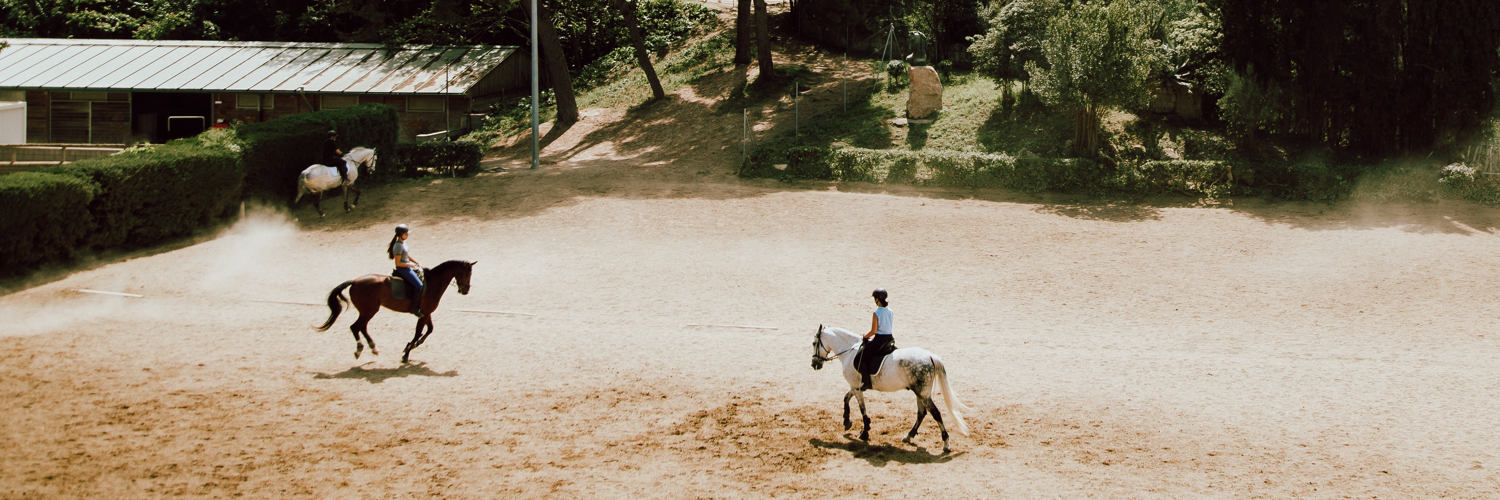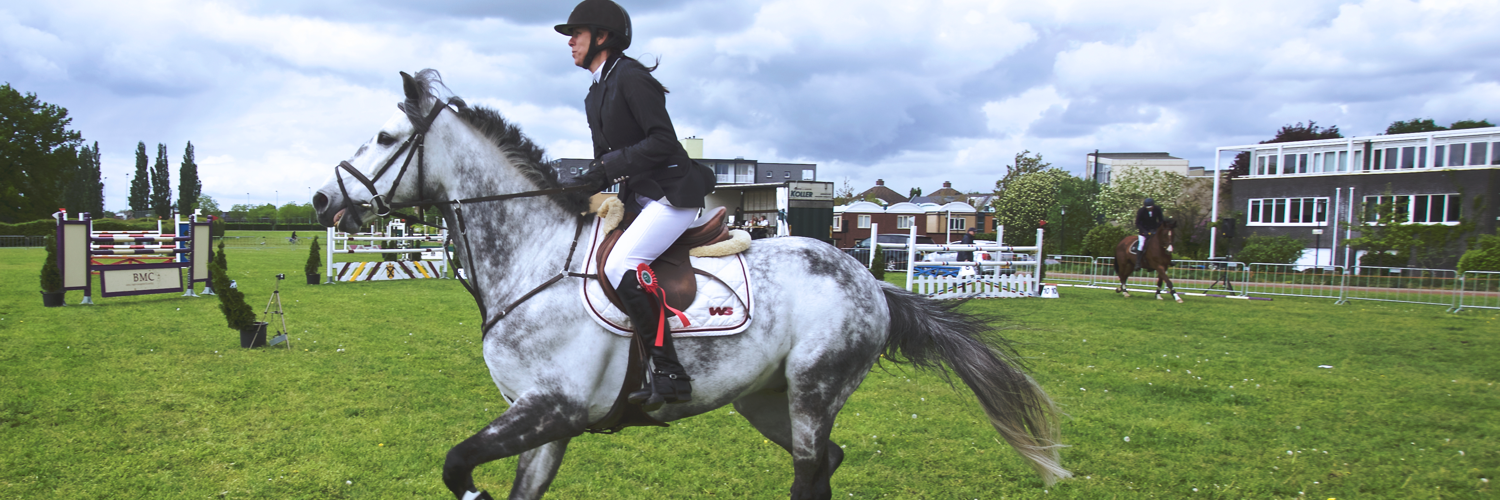
CONTEXT
How to make sure that the product you wish to create will rally the crowds?
Quite a question! However, its answer is marked by uncertainty.
We come across a great deal of start-ups who, heads down, went for creating a mobile app filled with functionalities, each more stunning than the others. These people invested time, money and tension for a final product that none was interested in.
At AppStud, we became aware that our bid catalog is incomplete. In fact, we knew how to support project holders during their mobile app design and development by using the best practices to create a good product. Nevertheless, we were not in a position to advise our customers on functionalities to be favored.
Therefore, in early 2017, we initiated a new activity that we called “Product Thinking”, whose aim was to understand the user’s daily with digital mobiles, in order to flush out the unfulfilled desires and determine a market approach angle.
We will never be able to anticipate whether the product our customer wants to create will rally crowds, but we can ensure that it will meet a serious issue.
One of our reference projects in this area is Mobile Horse, which we had examined. Sponsored by the owner of an equestrian center, it was a matter of designing an app that allows riders to make advance reservations hours before the equestrian centers planning.
OUR APPROACH
As any project linking supply and demand, it is a question of dealing with both issues of each stakeholder at the same time. Addressing these two problems has to be the convergence point of product features.
The objective was to grasp the different types of these two communities’ individuals for purpose of coming through protruding behaviors in order to implement a system that meets public expectations.
AppStud gathered a 550- individual volume among the target audience through a communication campaign on social networks. This community represented the first key users core target. On this user base, AppStud identified two groups of 20 profiles entirely chosen among the target audience in order to exchange points of view.
We attempted to identify various sections among riders, depending on two criteria:
- Their seniority
- Their equitation practice regularity
PRIMARY RESULTS
We rapidly fathomed that the key criteria for choosing an equestrian center lie in the treatment brought to animals and the place conviviality.
We suggested reflecting this functionality in the system for riders who do not know about these two factors in advance, by enabling users to anonymously grade their equestrian center, depending on different factors:
– The treatment brought to horses
– Conviviality
– Environment and infrastructures
Meanwhile, we also understood that equestrian centers would be unwilling to complete their agendas or even validate requests via a digital interface.
We know, by experience, that in a project linking two communities, the lack of investment of one of the two parties involved will certainly lead to the project overall failure, by increasing the other party disinterest.
Thus, we focused our study on riders only and their activities during sessions. A large population (confidential data) admitted preferring courses off paths and ballads. Still, this community finds it hard to identify courses in advance.
We, then, suggested a community system based on the ballad course statement. The user could simply report « a ballad » and the system would follow it, thanks to their GPS chip, and translate its trail to the community. Hence, every user can view the course in advance, as well as other users’ comments and make a choice before even arriving at the equestrian center.
In that respect, the “Product Thinking” based on the final user issue identification helped us redirect the functional scope desired by customers.

